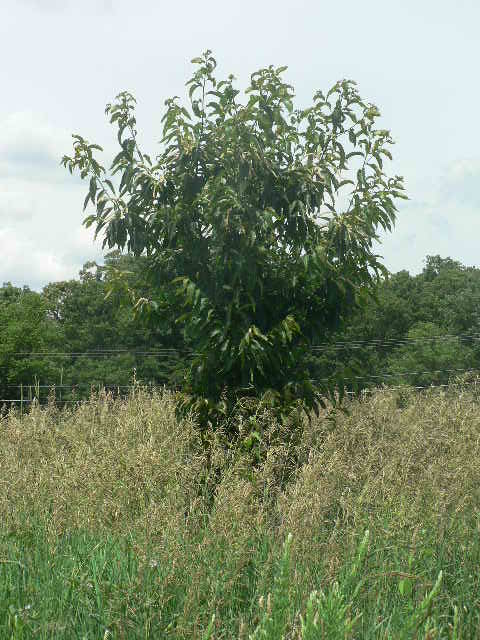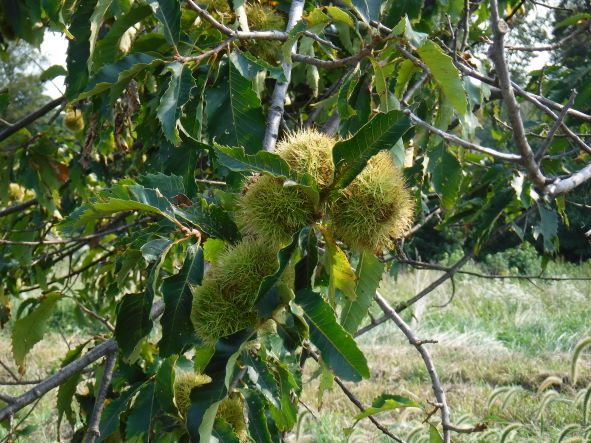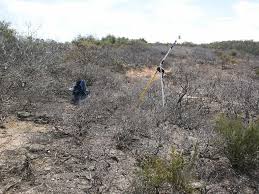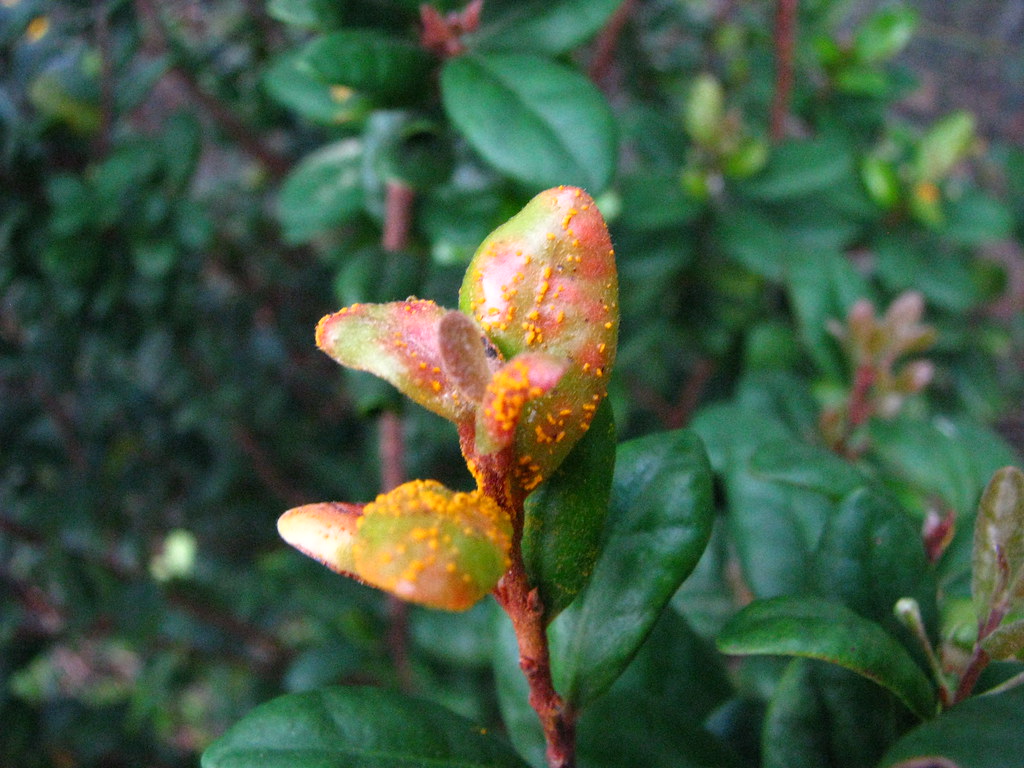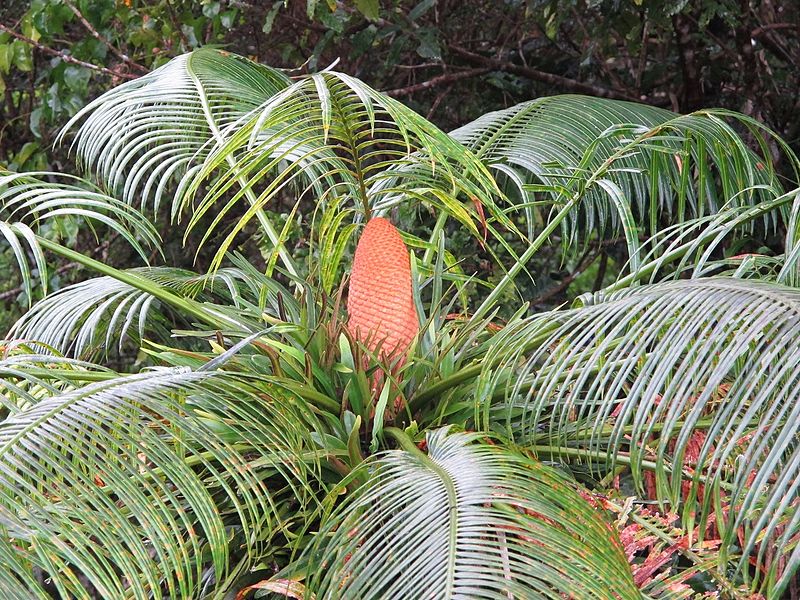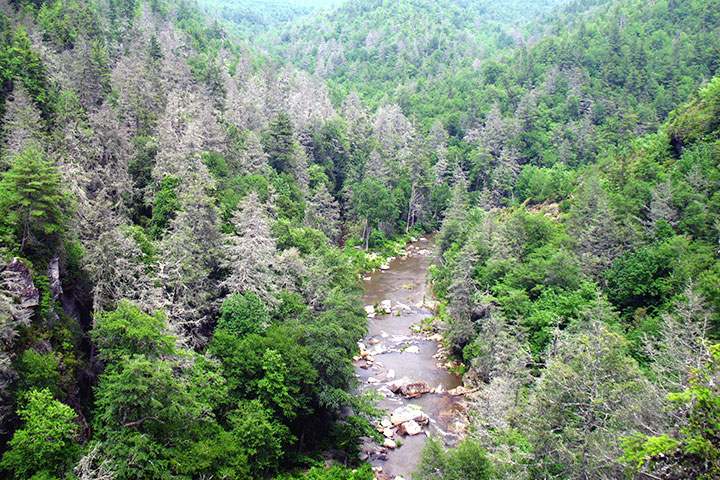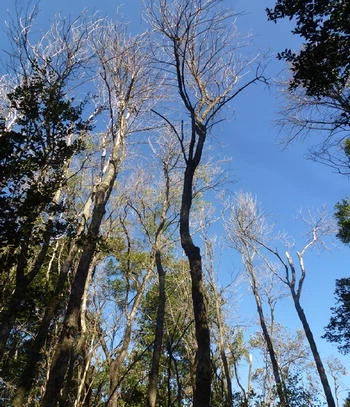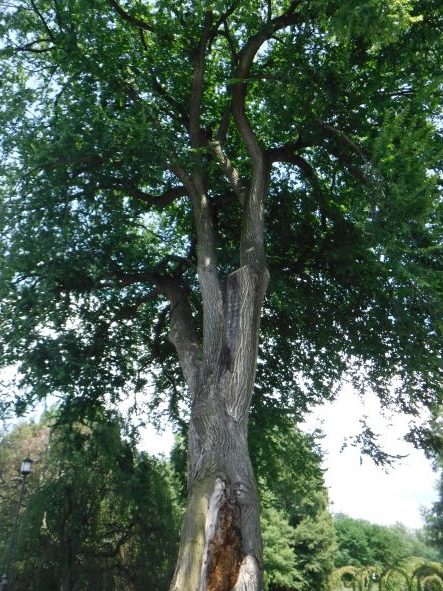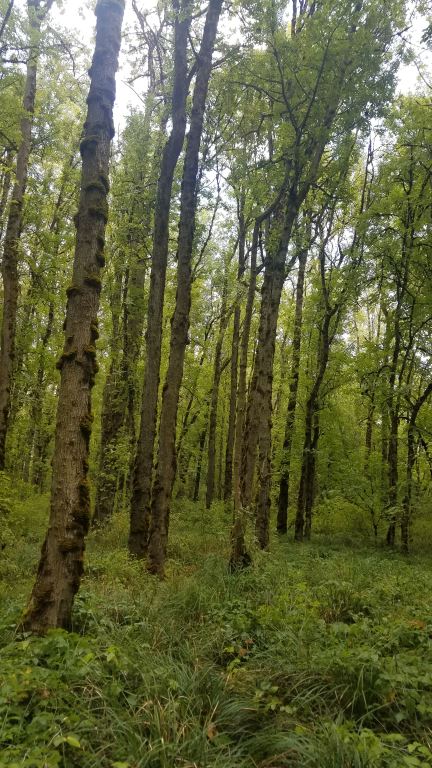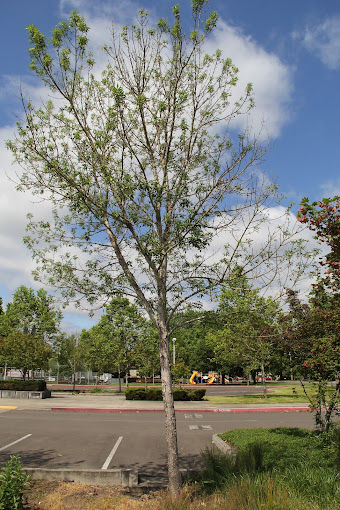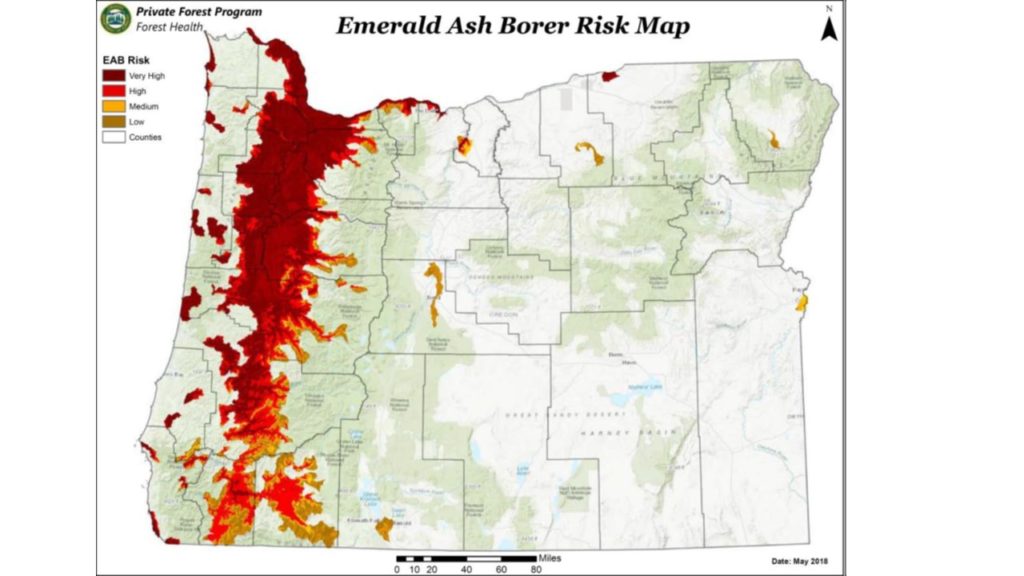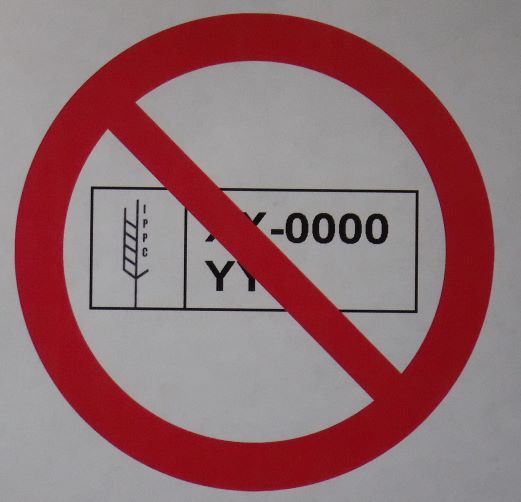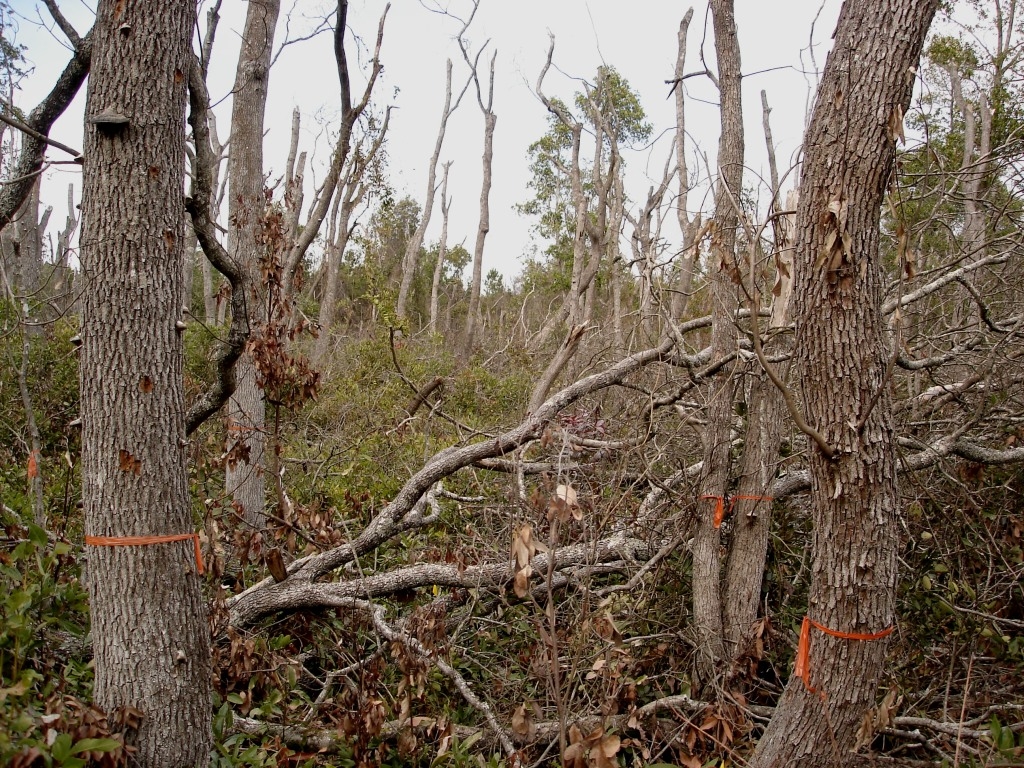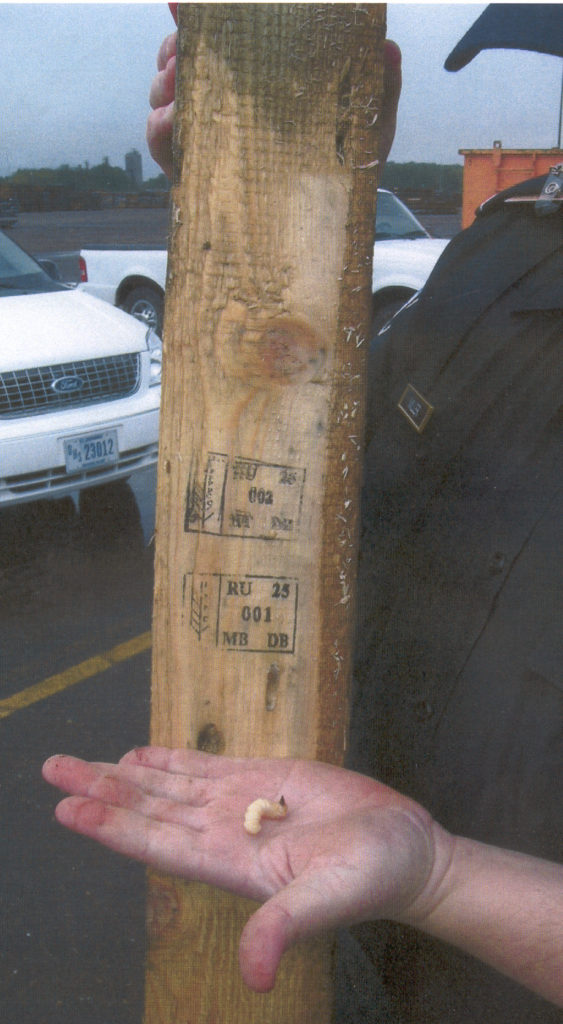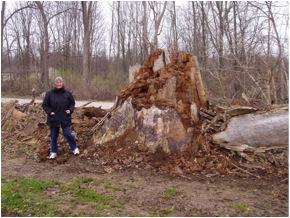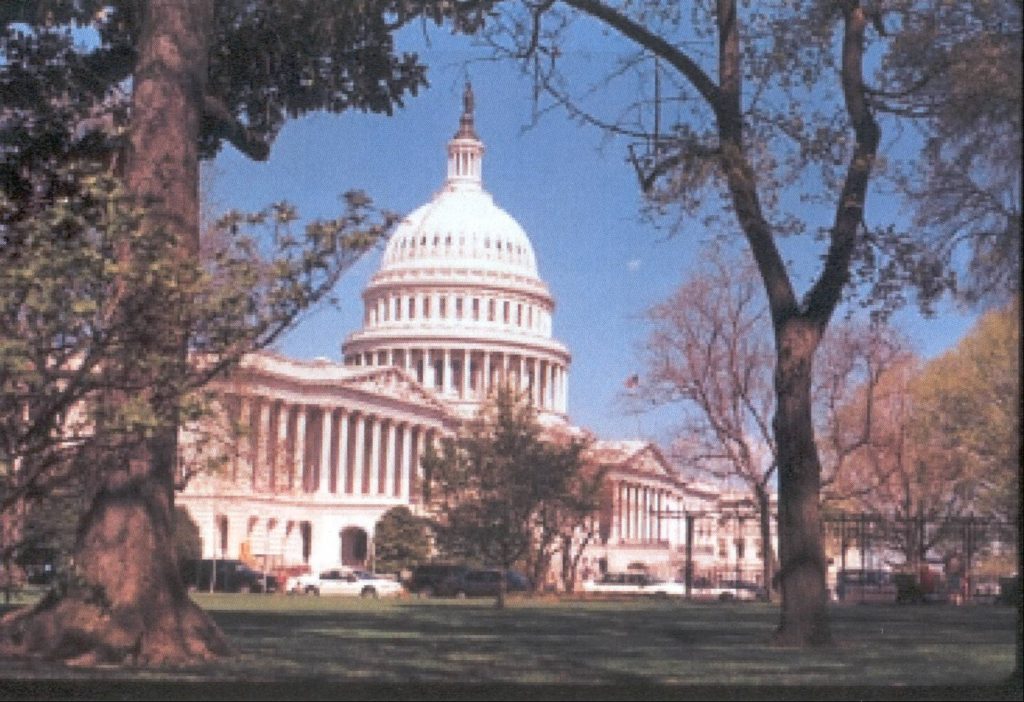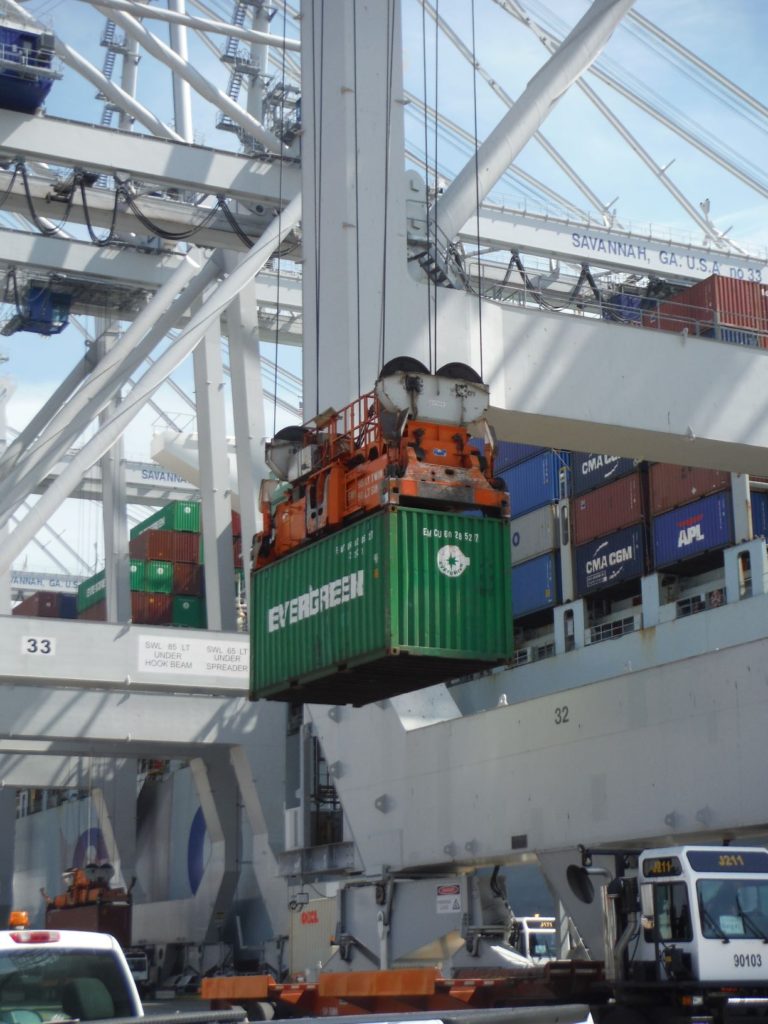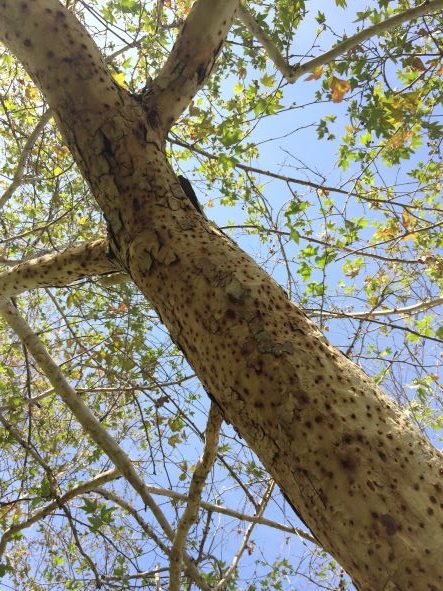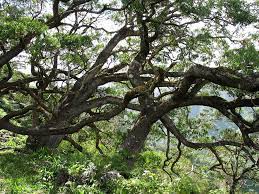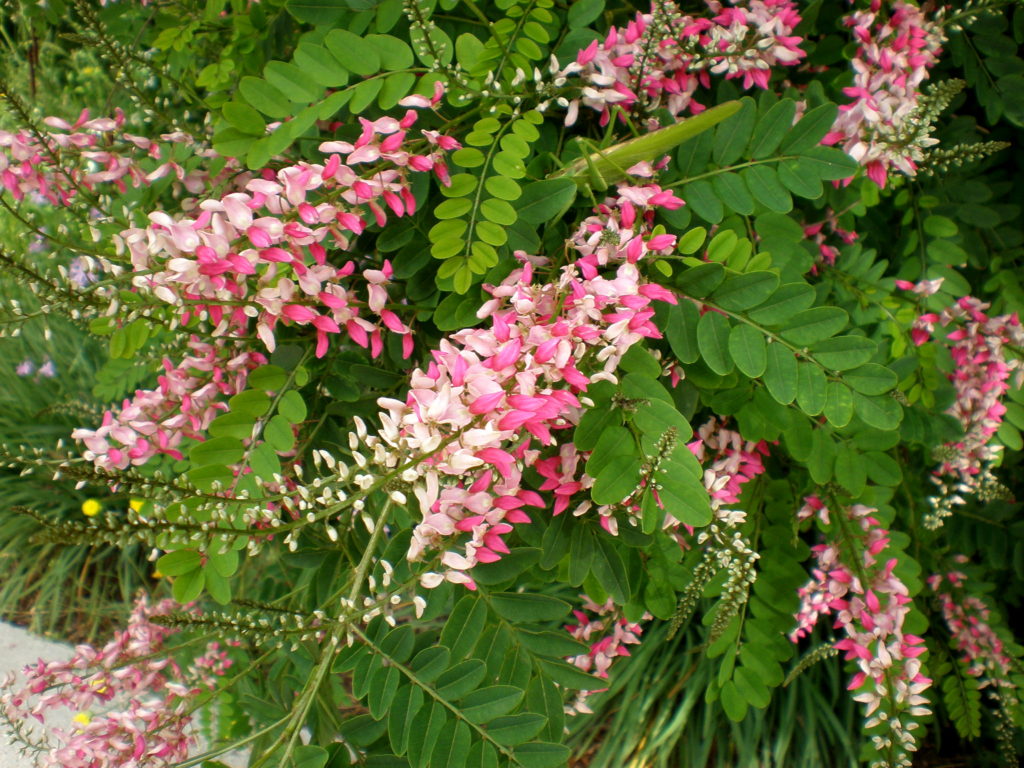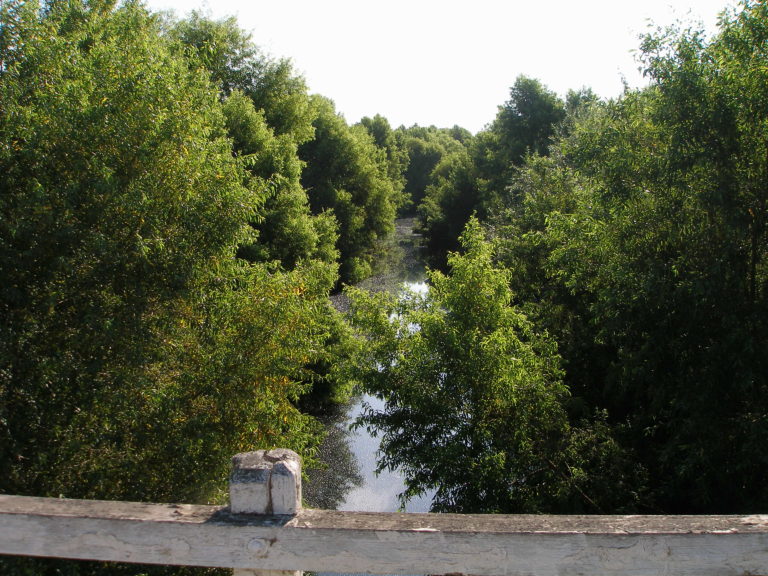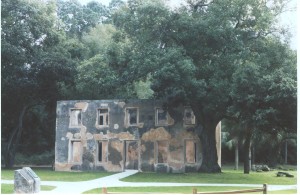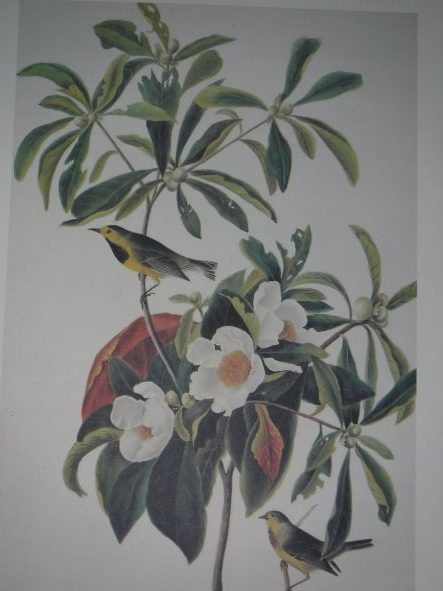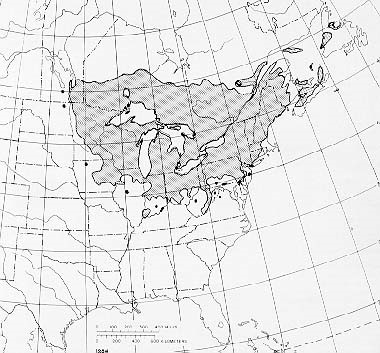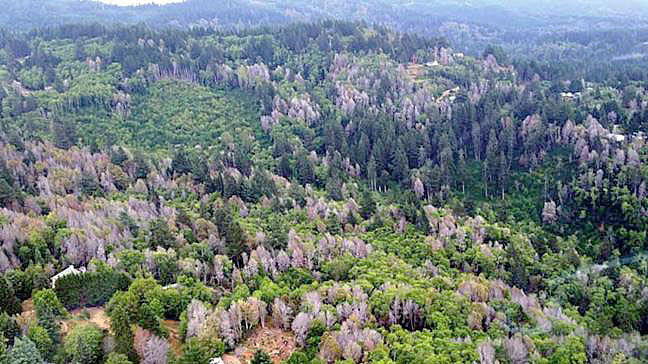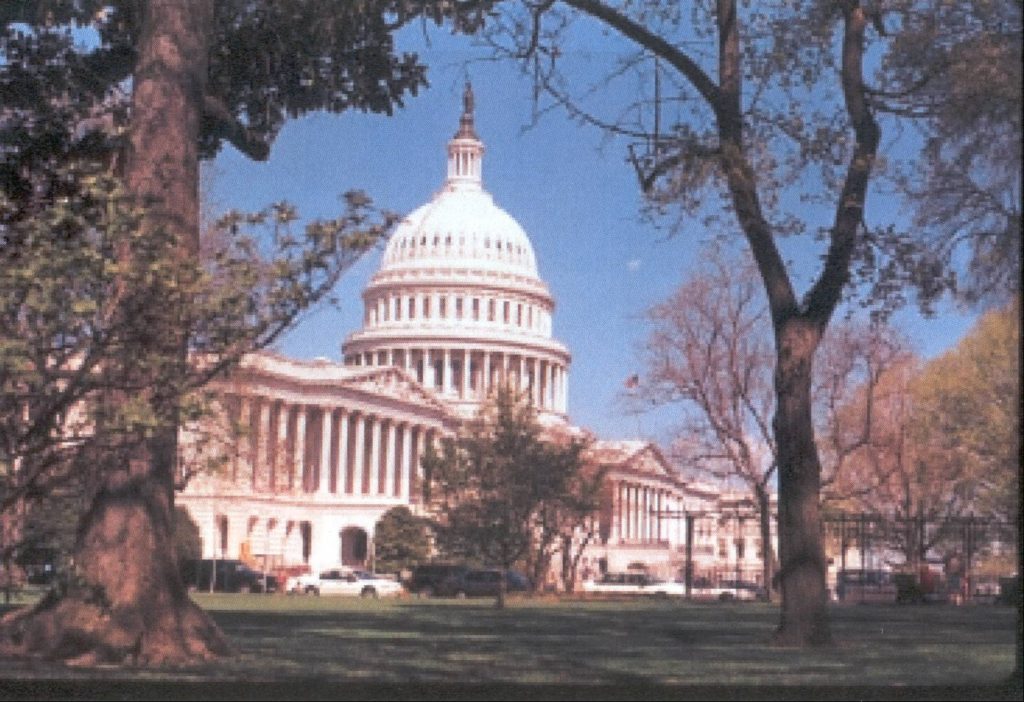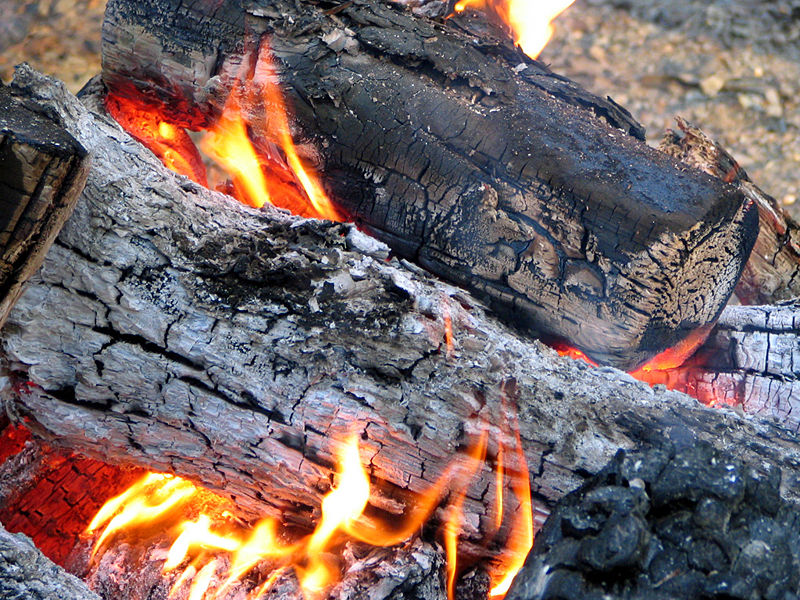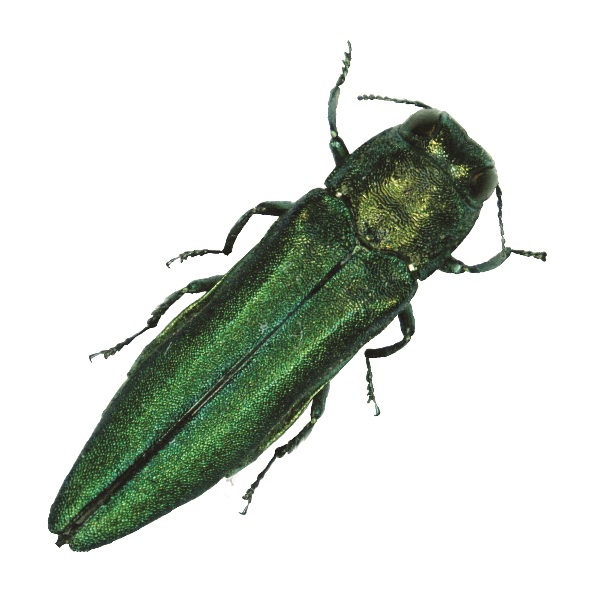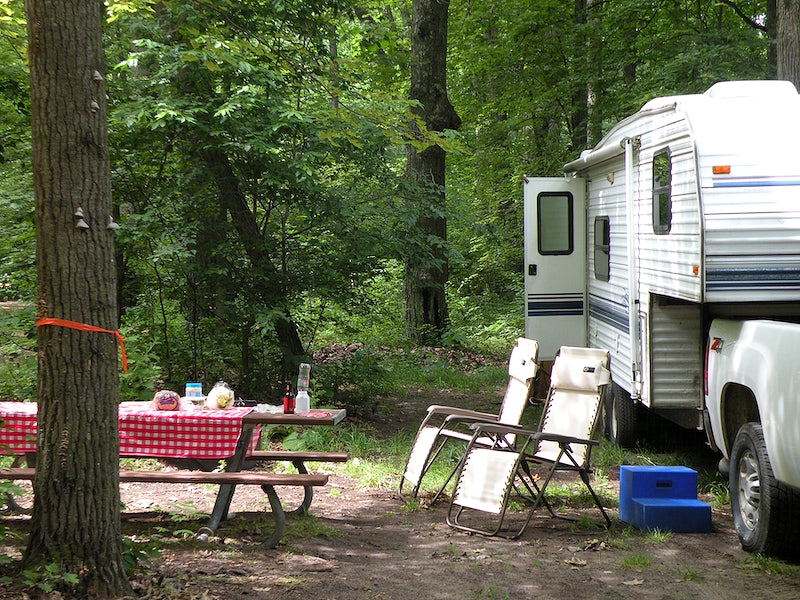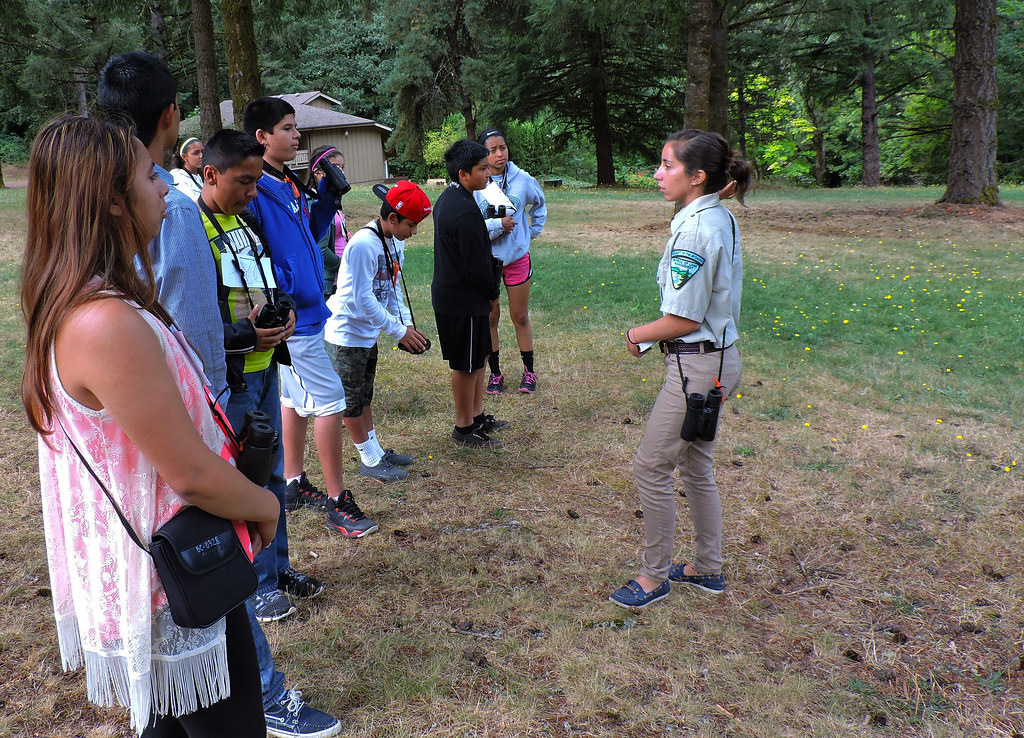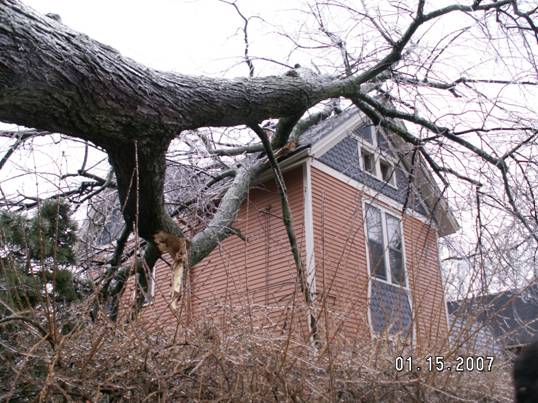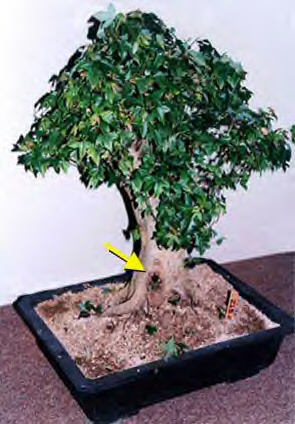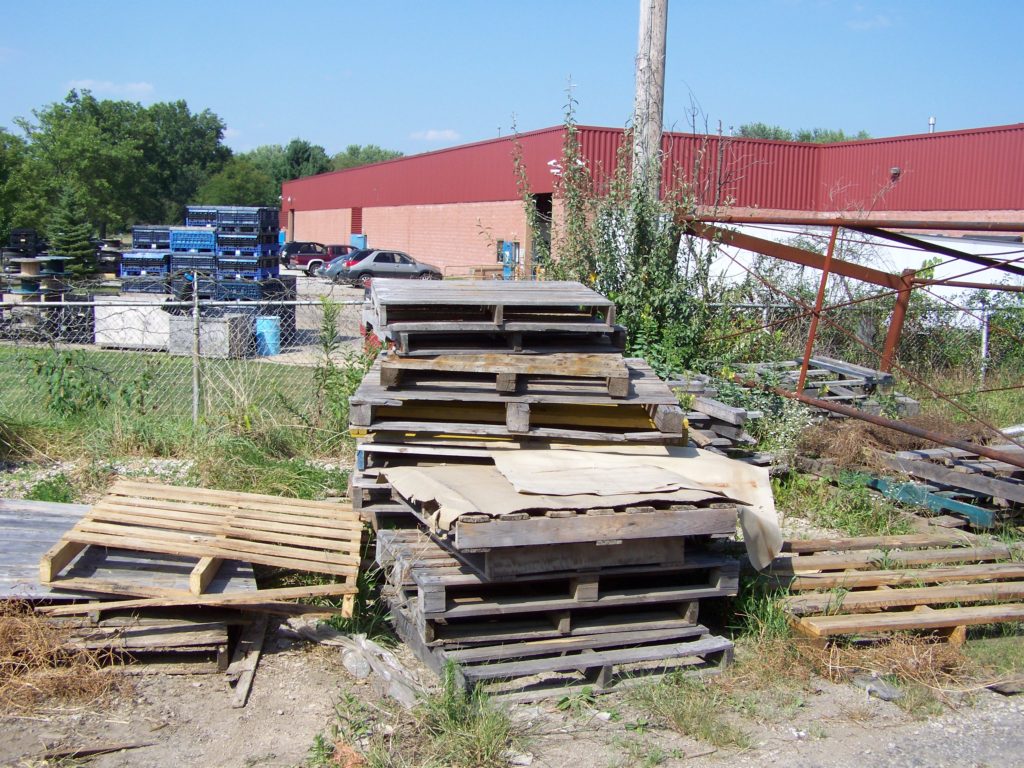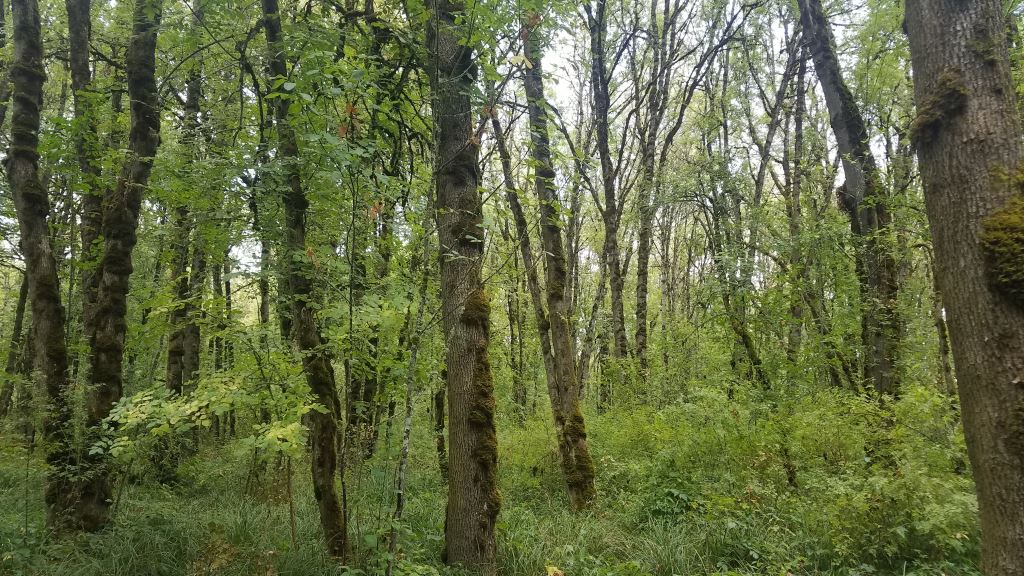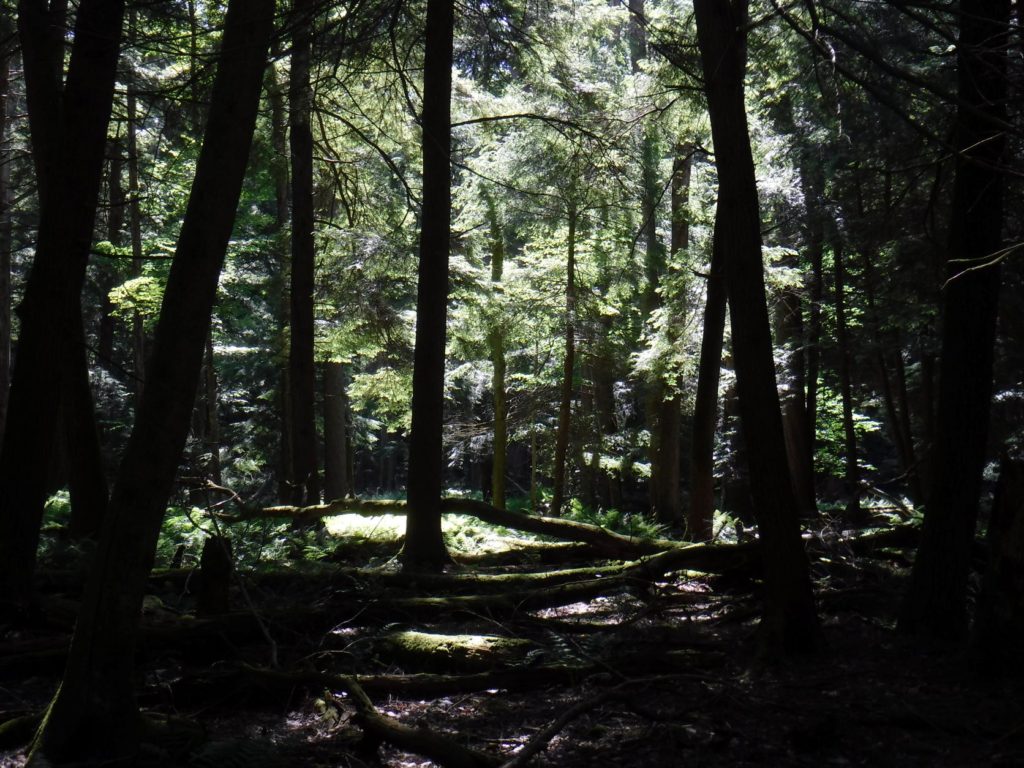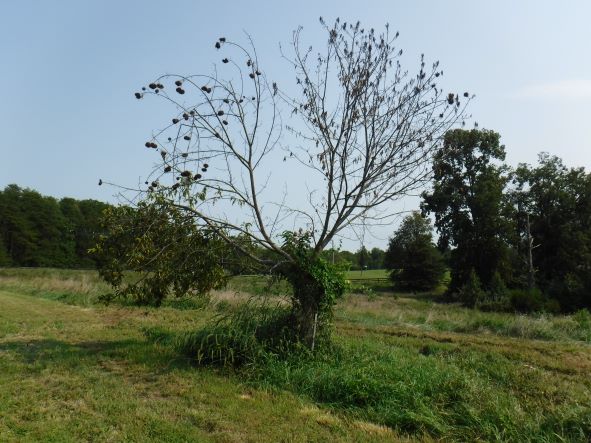
In the first half of the 20th Century, American chestnut (Castanea dentata) was functionally extirpated from US forests east of the Mississippi River by chestnut blight, caused by a fungus from Asia, Cryphonectria parasitica. Today, only 10% of the pre-blight chestnut population remains, most as root sprouts less than 2.5 cm dbh (Dalgleish et al. 2015; full citation at the end of the blog).
Volunteer organizations — with recent help from federal and state agencies – have worked for more than a century to develop chestnut trees resistant to the blight. Their aim is to restore the species to the forest. Their decades of hybridization efforts now appear unlikely to produce a highly blight-resistant chestnut with a genome that is predominantly American, so TACF now plans to incorporate the use of transgenic techniques to enhance resistance to the blight fungus.
However, restoration of chestnut requires addressing a second Asian pathogen: Phytophthora cinnamomi, which causes a fatal root disease. Several studies indicate that up to 80% of seedlings are killed. The pathogen is widespread in soils south of 40o North Latitude, which falls just north of the Maryland-Pennsylvania line. Thus, P. cinnamomi occupies the southern half of American chestnut’s former range. Scientists expect this pathogen to move north in response to the warming climate; indeed, some project that the root disease could reach throughout the entire current chestnut range by 2080.
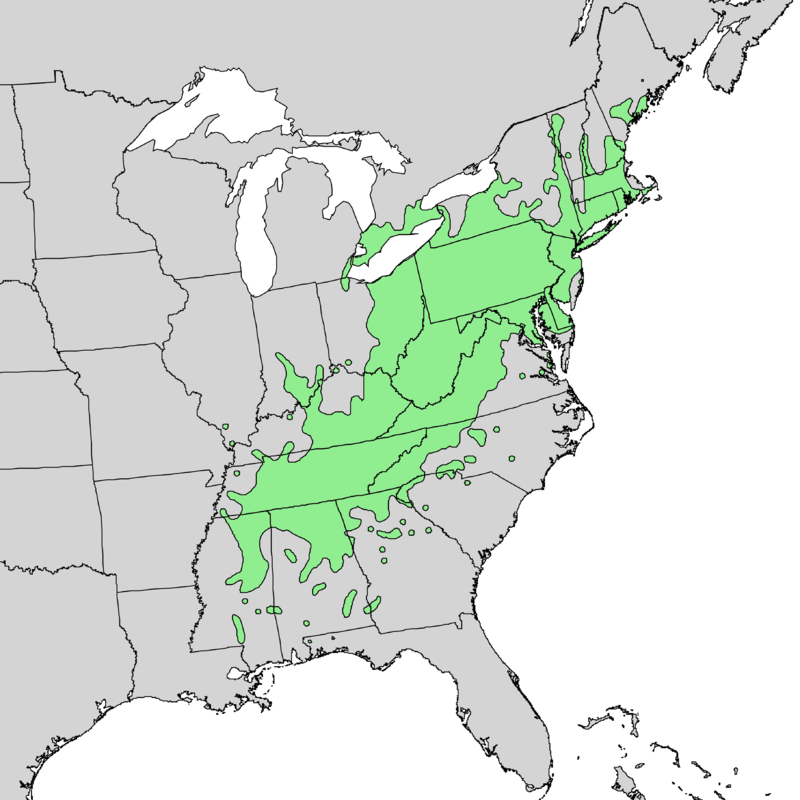
Gustafson et al. 2022 modelled chestnut’s vulnerability to P. cinnamomi to current and expected environmental conditions in two state forests in the Appalachians of western Maryland to evaluate the probable impact of the root disease on efforts to restore the tree species.
They found that root rot greatly reduced chestnut biomass on the landscape, even when resistance to root rot was at the target level for selection of root rot-resistant chestnut families using traditional breeding methods.
Gustafson et al. 2022 recommend that chestnut restoration apply the following strategies:
- Locate restoration plantings at latitudes, elevations, and sites where root rot is not expected to be present well into the future. This probably means sites in the Northeastern US and Canada (Burgess et al. 2017)
- Enhance the planting stock’s resistance to P. cinnamomi through breeding.
- Identify soil conditions, including soil microbes, that suppress the pathogen or protect tree roots.
- Since planting stock – both bareroot and containerized – can transmit P. cinnamomi, either raise seedlings in nurseries located outside the pathogen’s current range or rely on direct seeding. These strategies have their own downsides. Restricting locations of nurseries might complicate efforts to ensure seedlings are adapted to local conditions in the restoration area and seeds would need to be protected from seed predators.
The authors specify these additional important conditions:
- Planting locations: while Canada is currently outside the range of American chestnut, the same climatic warming that will facilitate northward spread of P. cinnamomi will probably allow the tree to thrive farther north (Barnes and Delborne 2019). Perhaps the tree’s range will shift farther north than the pathogen’s.
- Breeding: some resistance to Phytophthora root rot has been found in families providing blight resistance used in The American Chestnut Foundation (TACF) breeding program. TACF now plans to cross individuals from those families with transgenic blight-resistant chestnut to combine both resistances.
- Soils: P. cinnamomi is favored by compacted soils with poor aeration or that tend to remain saturated. These include heavy clay soils and those highly disturbed by agriculture or mining. Restoration sites should be non-disturbed, well-drained sites. (This recommendation contradicts others’ proposals that chestnuts be planted on reclaimed mining sites.) Silvicultural management should also minimize environmental stresses.
Restoring chestnut will be challenging in any case: successful restoration requires chestnut trees that can compete successfully in the forest and adapt to conditions which are now quite different from those a century ago when the species was dominant. These include abiotic factors, e.g., climate and atmospheric CO2 levels; and biotic factors, e.g., different forest pests and invasive plant species.
In an earlier publication, Gustafson and colleagues (Gustafson et al. 2018) modelled the effects of warmer temperature and elevated atmospheric CO2 levels on chestnut’s growth and competition and the tree’s adaptation to natural and anthropogenic disturbances. They concluded that aggressive restoration programs – involving clearcutting, then planting chestnuts – could restore chestnut as an important component of forested ecosystems in the Appalachian Mountains.
However, this earlier study did not consider the effects of Phytophthora root rot. The 2022 study demonstrates that these recommendations are probably applicable only to the northernmost portion of former chestnut range, outside the areas infested by Phytophthora root rot, unless breeding is successful in substantially increasing resistance to root rot.
Several studies indicate American chestnut is highly susceptible to P. cinnamomi; rates of root rot induce mortality of 80% or higher have been documented. TACF has found that hybrid chestnut families selected for root rot resistance have a mortality rate of about 45%. Even with this level of tolerance, the model shows that chestnut could not regain anything approaching its former abundance on the landscape. Since the threat of P. cinnamomi to chestnut restoration has become evident, TACF is assessing how to integrate increased tolerance to root rot into their larger blight resistance breeding program (Westbrook et al. 2019).
Soil properties – texture, land use, drainage, waterlogging, drought, temperature, and water-holding capacity – influence infection. So does weather: a single heavy rain event might saturate soil sufficiently to facilitate a P. cinnamomi infection. For these reasons, climate change is expected to exacerbate its geographic spread and pathogenicity.
The sites used in both studies are at the center of chestnut’s former range, which is also at the northern edge of the root rot pathogen’s range. However, the two sites differ in important ways, especially in rainfall and soils. The researchers considered one a mesic site and the other, xeric.
Their 2022 model showed that root rot caused a dramatic reduction in chestnut biomass on both the mesic and xeric sites. Apparently temperature and wetness levels offset each other. That is, higher soil temperatures intensified P. cinnamomi virulence at the xeric site sufficiently to overcome its relative soil dryness. At the mesic site, soil temperature sometimes dropped to levels that are lethal to Phytophthora. On the whole, then, climate change is expected to intensify P. cinnamomi infection rates on both sites and reduce the number of sites where the pathogen is absent.
Gustafson et al. (2022) discuss several assumptions and data gaps that require further study.
SOURCES
Barnes, J.C. and Delborne, J.A., 2019. Rethinking restoration targets for American chestnut using species distribution modeling. Biodiversity and Conservation, 28(12), pp.3199-3220.
Burgess, T.I., Scott, J.K., Mcdougall, K.L., Stukely, M.J., Crane, C., Dunstan, W.A., Brigg, F., Andjic, V., White, D., Rudman, T. and Arentz, F., 2017. Current and projected global distribution of Phytophthora cinnamomi, one of the world’s worst plant pathogens. Global Change Biology, 23(4), pp.1661-1674.
Dalgleish, H.J., Nelson, C.D., Scrivani, J.A. and Jacobs, D.F., 2015. Consequences of shifts in abundance and distribution of American chestnut for restoration of a foundation forest tree. Forests, 7(1), p.4.
Gustafson, E.J., B.R. Miranda, T.J. Dreaden, C.C. Pinchot, D.F. Jacobs. 2022. Beyond blight: Phytophthora root rot under climate change limits populations of reintro Am chestnut Ecosphere. 2022;13:e3917.
Gustafson, E.J., A.M.G. De Bruijn, N. Lichti, D.F. Jacobs, B.R. Sturtevant, D.M. Kashian, B.R. Miranda, and P.A. Townsend. 2018. “Forecasting Effects of Tree Species Reintroduction Strategies on Carbon Stocks in a Future without Historical Analog.” Global Change Biology 24: 5500–17. https://doi.org/10.1111/gcb.14397
Westbrook, Jared W., et al. “Resistance to Phytophthora cinnamomi in American chestnut (Castanea dentata) backcross populations that descended from two Chinese chestnut (Castanea mollissima) sources of resistance.” Plant disease 103.7 (2019): 1631-1641.
Posted by Faith Campbell
[An earlier version of this blog has now been corrected, with additional sources added. I think Cornelia Pinchot, USFS, for the corrections.]
We welcome comments that supplement or correct factual information, suggest new approaches, or promote thoughtful consideration. We post comments that disagree with us — but not those we judge to be not civil or inflammatory.
For a detailed discussion of the policies and practices that have allowed these pests to enter and spread – and that do not promote effective restoration strategies – review the Fading Forests report at http://treeimprovement.utk.edu/FadingForests.htm
or
